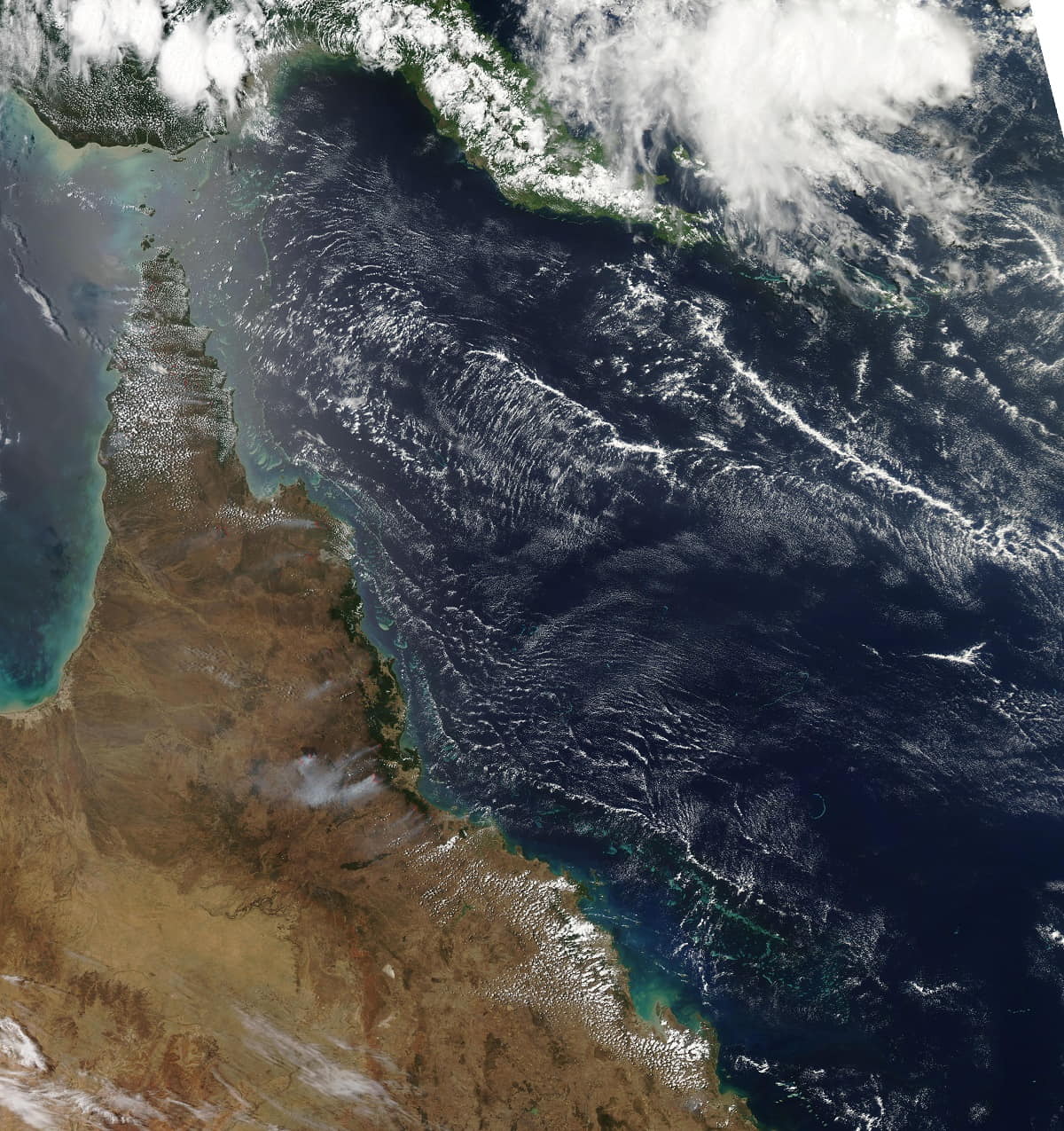Australia’s reliance on space-based and space-enabled technologies is integral to the country’s way of life, especially in navigating the varied challenges presented by the climate, cultivating a diverse and dynamic workforce, and confronting evolving security threats.
But recent government decisions, such as the cancellation of a space mission, cast doubt on the commitment to excel in this sector.
A national space policy is one way to achieve the necessary cohesion to ensure Australia has the right approach. Many allied nations have achieved this by successfully putting space at the forefront of decision making. While the Australian government has made progress in recent years demonstrating its understanding of Australia’s reliance on space, including with several related strategy documents, each falls short of providing strategic direction from a whole-of-nation lens, which would capture the role of private industry as well as the public.
A whole-of-nation lens in this context widens the aperture from a whole-of-government approach, referring to collaboration between military and civilian agencies, to include all organisations (such as within industry) to reach common goals, though not as far as to achieve an integrated response.
In 2018, the Australian Space Agency was established and a subsequent Civil Space Strategy 2019–2028 was released, which strongly supports the need to leverage opportunities between national and international networks. Legislative changes have also recognised the sector as critical infrastructure to improve information exchange between industry and government to build a more comprehensive understanding of threats. In 2022, Defence Space Command was established, as well as the release of the first Defence Space Strategy, although this amounted to retrofitting strategy around already-announced capabilities. Defence also released the first Space Power Manual with the core purpose of supporting the training and education of those who will employ and enable space power.

The failure of Australia to articulate and communicate its vision makes diplomatic engagement difficult. In March 2023, for example, NASA Administrator Bill Nelson and Deputy Administrator Pamela Melroy toured Adelaide and Canberra, the first visit from a sitting NASA Administrator to Australia since 2014. NASA’s key message focused on rockets, wider launch capabilities, astronauts and returning to the Moon, yet this was evidently out of step with the Australian government, which has different priorities, such as use of space technology to manage the consequences of climate change.
In June 2023, the Albanese government made a decision to axe the $1.2 billion National Space Mission for Earth Observation (NSMEO) program. The government’s decision to cut this funding is in keeping with the calculations of cost against national need. Documents released subsequently under freedom of information legislation revealed the cancellation was decided prior to the NASA officials' visit, however the Australian Industry Minister’s office and Prime Minister’s office had instructed Australian embassy officials not to reveal the decision of the cancellation, despite the decision being made months earlier.
The NSMEO cancellation and messaging to the United States was criticised by the Opposition and industry groups as lacking in respect for a close ally and putting Australia’s reputation at risk.
Defence, in particular, has an opportunity to advocate the need for a whole-of-nation approach from a national security lens. The recently published Defence Strategic Review indeed calls for “frameworks within a whole-of-government and whole-of-nation approach to guide the development of the space domain, including the policy authorities required”. Neither Defence nor the civil industry can operate without cooperation between other departments, industry, and allied partners to ensure collective resilience.
Without a national vision, Australia is falling behind. New Zealand released its National Space Policy in May 2023, the United States has released two, most recently in 2020, which replaced the 2010 version, and the United Kingdom released one in 2022. Each sets out a national commitment to lead the constructive use of space for commercial, defence, and allied interests.
A national approach to policy makes the nation’s values and objectives clear, which supports alignment towards a common goal. The aim is to promote consistency, avoid conflicting approaches, and aid in identifying priority areas for resource allocation. This allows fostering collaboration with stakeholders in the development of the policy, thereby promoting a sense of ownership. An economic focus creates a favourable environment for business to thrive and supports long-term planning for the sector, ensuring action aligns with the broader goals.
A national space policy would be a bedrock for Australia’s future engagement with allied partners and industry – to ensure space is at the forefront of discussions, not an afterthought.

